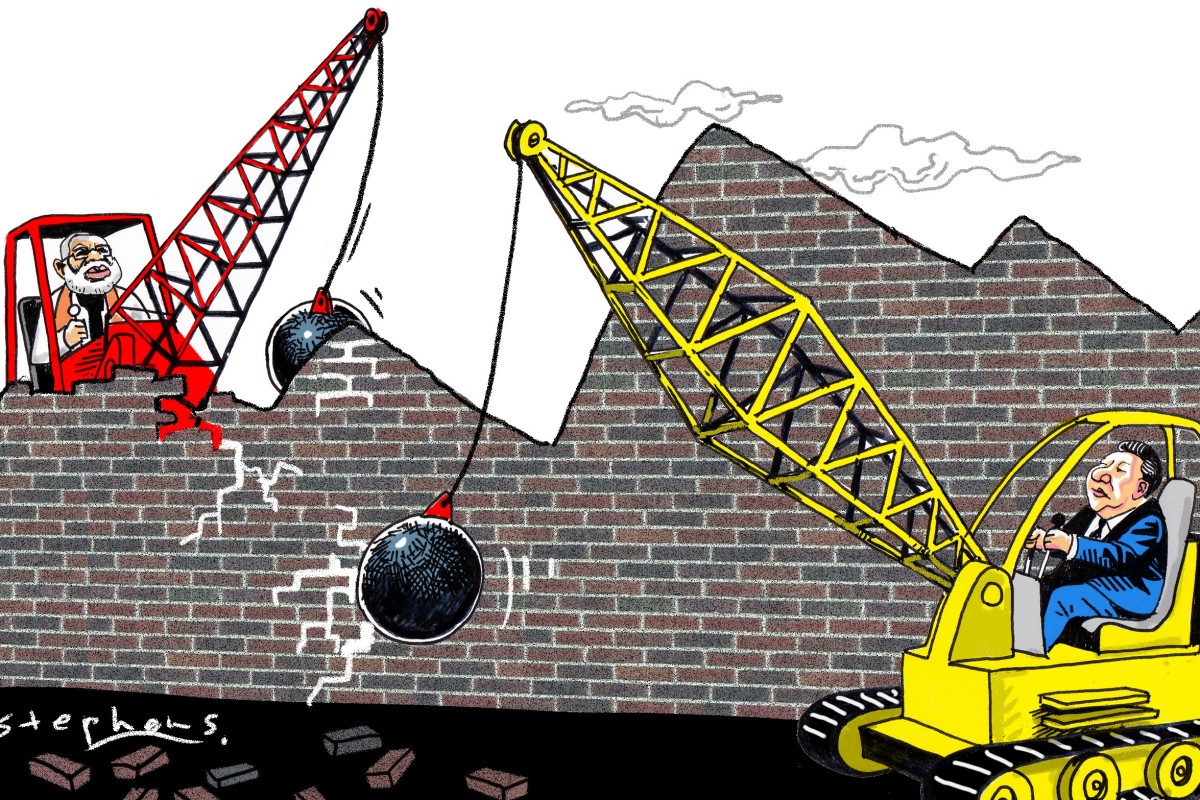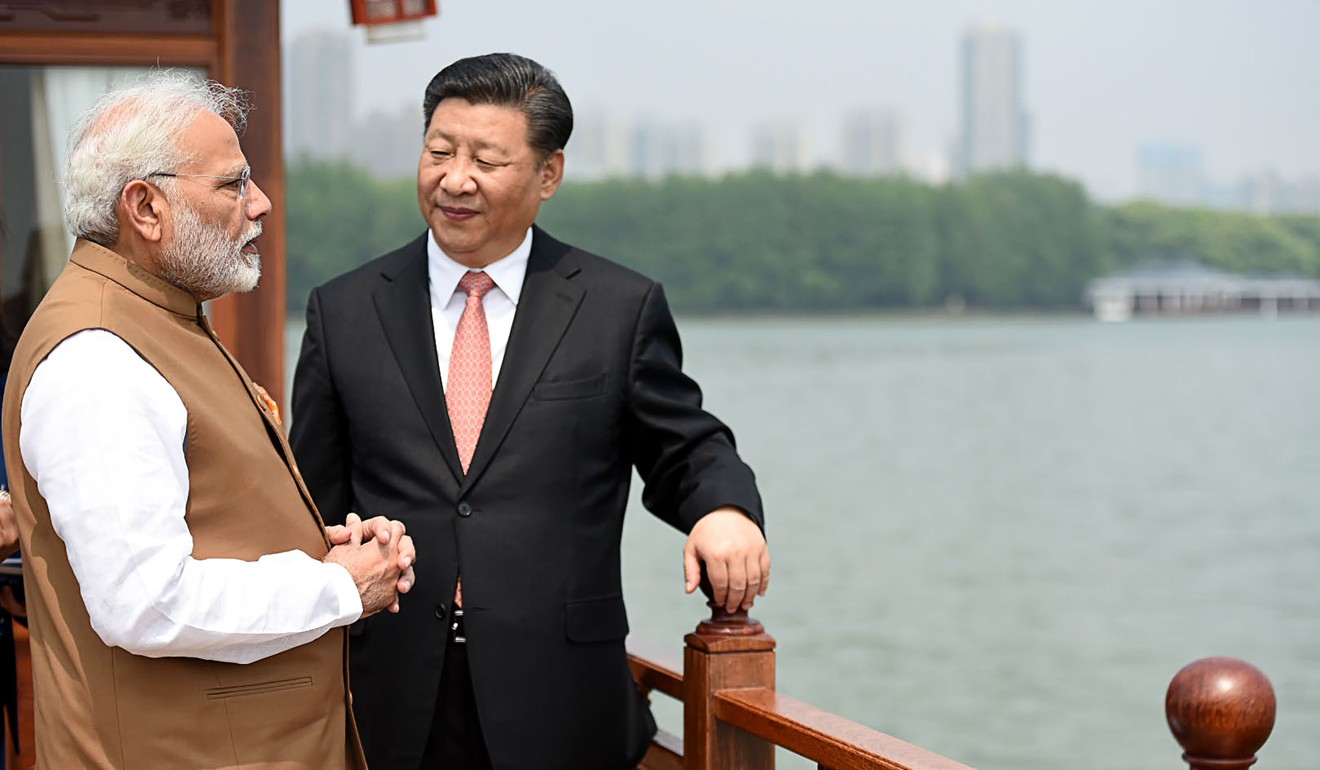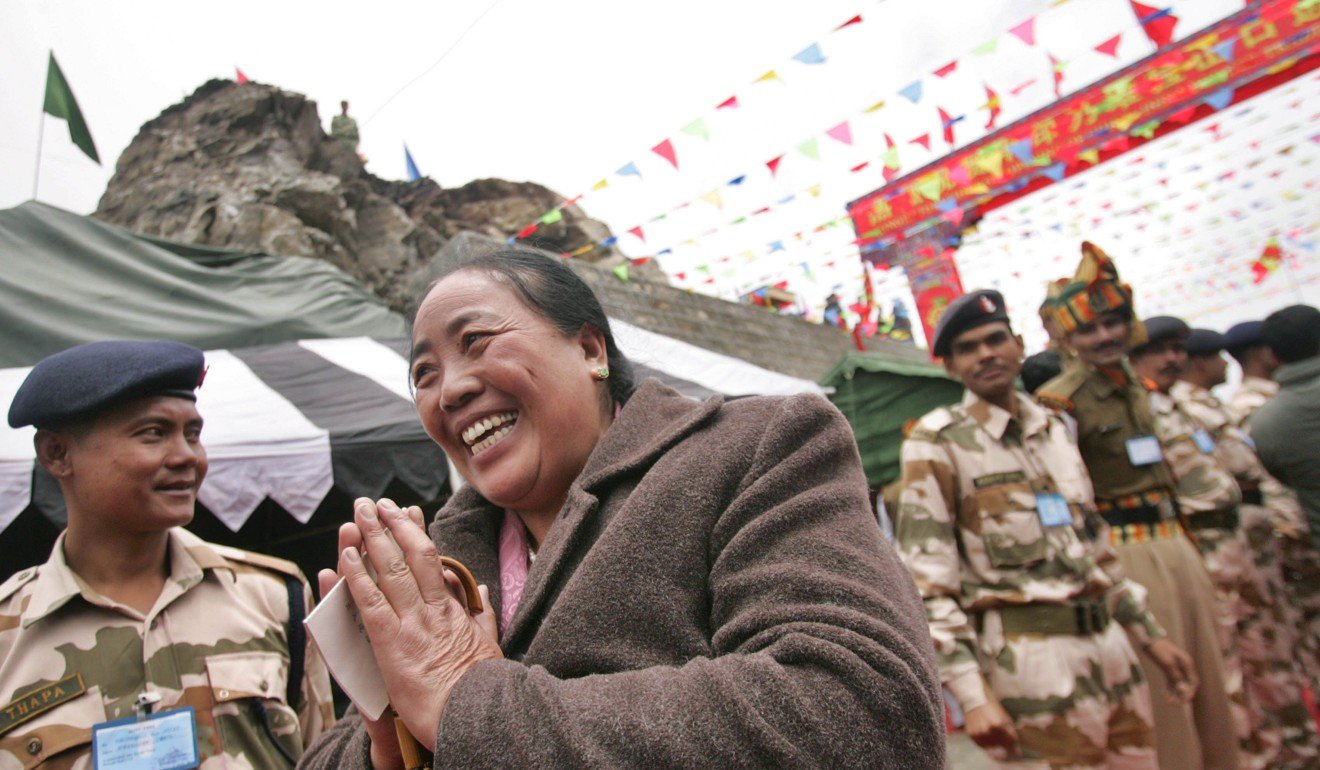Source Link
 Each year, as winter gives way to spring, glacial melt from the Himalayas joins mighty river systems, such as the Ganges, Indus, Yellow and Yangstze rivers, that bring water, nutrients and energy to over a billion people downstream in China, India and other Asian countries. However, scientists now warn that climate change is disrupting the Himalayan water cycle, posing flood and drought risks to communities across South and East Asia.
Each year, as winter gives way to spring, glacial melt from the Himalayas joins mighty river systems, such as the Ganges, Indus, Yellow and Yangstze rivers, that bring water, nutrients and energy to over a billion people downstream in China, India and other Asian countries. However, scientists now warn that climate change is disrupting the Himalayan water cycle, posing flood and drought risks to communities across South and East Asia.



 Each year, as winter gives way to spring, glacial melt from the Himalayas joins mighty river systems, such as the Ganges, Indus, Yellow and Yangstze rivers, that bring water, nutrients and energy to over a billion people downstream in China, India and other Asian countries. However, scientists now warn that climate change is disrupting the Himalayan water cycle, posing flood and drought risks to communities across South and East Asia.
Each year, as winter gives way to spring, glacial melt from the Himalayas joins mighty river systems, such as the Ganges, Indus, Yellow and Yangstze rivers, that bring water, nutrients and energy to over a billion people downstream in China, India and other Asian countries. However, scientists now warn that climate change is disrupting the Himalayan water cycle, posing flood and drought risks to communities across South and East Asia.
Historically, the Himalayas have been a conduit for the flow of people, trade and ideas between China and India, but also a barrier that kept them apart. Today, Himalayan geography reflects obstacles that still lie between these two nations, but also their deep ties and shared destiny.
The Sino-Indian bilateral relationship will be one of the most important of this century, with profound implications for regional cooperation and globalisation. Following his recent
landslide election victory, Indian Prime Minister Narendra Modi’s second term provides a golden window to deepen ties between China and India, building a foundation for an Asian community.
During Modi’s first term, the two countries moved away from points of contention to compromise and cooperation. Modi has departed from India’s traditional non-aligned position towards a balancing act between China and the US. This has seen a marked warming of ties between Beijing and New Delhi. Since 2014, Chinese President Xi Jinping has met Modi as many as 15 times, building a strong rapport.

Indian Prime Minister Narendra Modi (left) and Chinese President Xi Jinping chat on a houseboat on the East Lake in Wuhan, China, on April 28, 2018. Photo: AFP
Share:
Chinese investment into India has risen to US$1.7 billion over the past 4½ years, compared with US$400 million during the decade of Modi’s predecessor. India has participated in Chinese initiatives such as the Asian Infrastructure Investment Bank (AIIB), BRICS New Development Bank and Shanghai Cooperation Organisation. The AIIB’s second-largest investor, India has become its largest borrower, receiving a quarter of the funds lent. While nurturing ties with Beijing, Modi has also moved closer to Washington on security cooperation and continued India’s “ look East” policy, partly to demonstrate the country’s growing influence in the region. Yet, Delhi remains wary of the US role in Asia, especially under the unpredictable Trump administration.
Domestically, Modi’s willingness to fan nationalist sentiment could complicate Sino-Indian ties, given unresolved border issues and China’s close cooperation with Pakistan. Despite overseeing rapid growth, so far Modi has struggled to create jobs as promised. This mixed economic performance saw him pivot towards emphasising a Hindu-first nationalist agenda in his election campaign.
In his second term, Modi will need more than strongman rhetoric if he truly wants to improve the lives of Indians. With a thumping electoral mandate, he can ratchet down the tough nationalistic stance and adopt a more pragmatic approach to development and external relations.
Common interests are pulling China and India closer together, despite lingering suspicions and complex geopolitics. In the shift to a multipolar world, they share an interest in promoting a fairer, more representative system of global governance. The two countries account for 35 per cent of the world’s population and contribute 45 per cent to global growth. Collective action could be pivotal in reinvigorating multilateralism and giving a voice to developing countries.
A robust Sino-Indian relationship would also underpin stability in Asia, paving the way for a more integrated, cooperative Asian community. Working together in four key areas will help realise this vision.
First, there is scope for much more collaboration. Both sides could work to link the Belt and Road Initiative’s east-west running China-Central Asia-West Asia Economic Corridor with the North-South Transport Corridor that India is part of. Additionally, a corridor connecting China, Nepal and India would greatly reduce transport costs, spurring trade and local development in deprived areas.
Economically, China and India could compliment each other, particularly given their strengths in manufacturing and services respectively. These synergies can be unleashed through deeper trade and investment cooperation.
Growing investment by Chinese firms in India would help address Delhi’s concerns over the trade deficit. China and India should also promote World Trade Organisation reform and drive completion of the Regional Comprehensive Economic Partnership, which would bring economic gains and boost Asian integration.

A trader from China greets soldiers after crossing over to the Indian side of Nathu La Pass, in the northeastern Indian state of Sikkim, on July 6, 2006. Indian and Chinese officials reopened a famed Silk Road pass high in the Himalayas 44 years after it was shut by war.
Culturally, despite a long history of interaction, current ties are thinner than might be expected. Only a fraction of the millions of Chinese and Indian tourists and students going abroad flow between the two countries. Shanghai and Mumbai still lack a direct connecting flight. Improving visa processes and creating programmes for talent and academic exchange can help build friendships between Chinese and Indians.
Other channels for dialogue, such as exchange between think tanks, could also promote mutual understanding. For example, the Silk Spice Road Dialogue, launched last year, brings together people from government, business, think tanks and NGOs.
Finally, returning to the ecological crisis facing the Himalayas, China and India should step up cooperation on environmental protection and climate change. Degradation is already having an impact on people’s lives and endangering species like
snow leopards and mountain-dwelling tigers.

Declining snow cover threatens the existence of snow leopards such as this one in Hemis National Park, Ladakh, India. Photo: Ben Cranke/Nature Picture Library
Share:
Cooperation between China and India is vital to overcoming these environmental challenges. For example, mechanisms are needed to better understand climate effects and manage water resources. Cooperation on green finance could boost environmentally friendly investments.
In the coming century, China-India relations will be crucial to handling issues from climate change and terrorism to globalisation. During Modi’s second term, Beijing and Delhi should seize on the current momentum to put problems behind them and build a deep, lasting relationship.
Like the Himalayas, the obstacles to realising a new paradigm for Sino-Indian relations are formidable. Yet, for many regional and global issues we face, the stakes are even higher. It has been said that it is difficult for two tigers to live on the same mountain. However, if our great nations do not work together, the mountains may no longer be able to sustain any tigers at all.
No comments:
Post a Comment